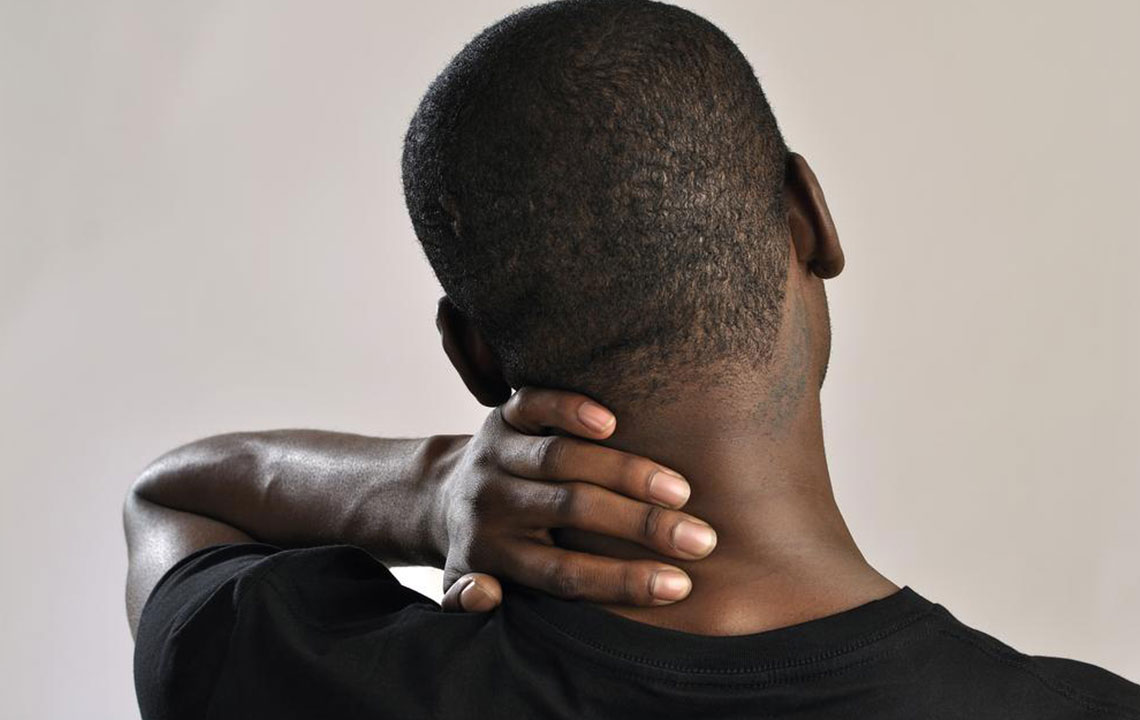Here Are a Few Things to Know about Neck Nerve Pain

‘Pain in the neck’ is a common phrase while describing an irritating situation, person, or event. However, when neck pain occurs, it can be extremely painful too. Often neck pain results from the nerves. Mild neck pain is tolerable and it goes away by itself with time. But severe neck nerve pain can cause serious discomfort to a person and one should visit the doctor at the earliest.
When to worry about neck pain
A bad or awkward sleep posture during the night is the most common cause that leads to a stiff neck, or neck pain in the morning. This kind of pain is usually a strain in the muscle that starts at one point in the neck and usually goes away with time. One can try simple remedies like taking adequate rest, applying a pain relief spray, or ointment, or hot and cold compress.
But if neck nerve pain persists for a prolonged period, spreads from one to point to another, or in any way disturbs the day-to-day activities of a person, it is best to see a professional doctor at the earliest. The warning signs are when the pain from the neck spreads and moves down towards the shoulders and arms. Some common symptoms or signs of neck nerve pain are as follows:
- Stiff neck
- Excruciating or sharp pain
- Soreness
- Numb feeling
- Headache
- Tingling sensation
- Sneezing or coughing increases pain
- Difficulty or pain while lifting things
All these are signs to consult a doctor as soon as possible for further treatment. Neck nerve pain can be categorized into three types. These are as follows:
- Acute : Pain persists for more than 4 weeks
- Subacute : Pain lasts between 4 and 12 weeks
- Chronic : Pain has been there for more than 3 months
The intensity of the pain and the symptoms may vary from patient to patient. This mainly depends upon the point of pain and the condition of the spine. Is a nerve being compressed? Where is the pain arising from, in the spine? These are some of the questions that the doctor may try to understand while diagnosing neck nerve pain in a patient.
Indications of neck nerve pain
Severe neck pain can happen due to an accident or recent injury. However, if this is not the case and yet the patient undergoes extreme neck nerve pain, then the pain could be an indication of several serious diseases or health issues such as early brain stroke, meningitis, spinal cord injury, HIV, paralysis, or any other infection. In case the pain is accompanied by other signs like sudden weight loss, losing balance or numbness, it is time to call 911 at the earliest.
Medical science states that as people grow old, the body becomes increasingly prone to degenerative disorders like osteoarthritis, disc diseases, and spinal stenosis. The bone structure, joints, and the nerves stop functioning correctly resulting in discomforts like neck nerve pain, pain in the shoulders and arms, and numbness. The joints lose elasticity and hydration leading to bulges in the discs, which result in pain.
Obesity can also trigger pain in the body. The excess weight may hamper the appropriate distribution of weight throughout the body, thereby resulting in poor posture while walking, sitting, or doing other activities. This puts a strain on the spine resulting in pain. Stress or emotional tension may also give rise to neck nerve pain as the muscles tighten and contract leading to stiffness.
Diagnosis and treatment of neck nerve pain
The very first stage of treatment for neck nerve pain includes a doctor’s examination of the patient’s medical history in detail. This usually involves the doctor and the patient discussing in-depth the patient health aspects as the following:
- Duration and type of pain
- Lifestyle of the patient
- Occupation and timings
- Posture
- Sleeping habits
- Injuries, if any
This helps the doctor in the diagnosis of the cause and treatment. Next, the medical practitioner conducts certain tests such as the following:
- Keen observations about the posture and neck positioning. Here, the doctor may take into account any swelling, soreness of the neck region, etc.
- Palpation allows the doctor to feel along the neck tissues to check for jerks, spasms, stiffness, etc.
- Motion tests like neck rotation, left to right, etc., to note whether there is any pain.
- If required, the doctor may further conduct certain neurological tests to check for reflex, sensation, and muscle power.
- If considered necessary, the health practitioner may also prescribe CT scans, MRI, Myelogram, X-ray, bone scan, and other intricate tests.
- Blood tests to check for other diseases or infections.
- Somatosensory tests to check cervical spinal related disorders or diseases.
From the test results, the doctor can diagnose the cause of the neck nerve pain and can accordingly suggest the necessary treatment and prescribe medication.


